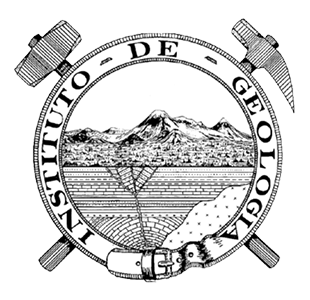Abstract
Soil salinization is a complex process resulting from the interaction of several factors, mainly quality of water used for irrigation, which deteriorates by aquifer overexploitation, and changes in rainfall patterns and aquifer recharge related to climate change. The purpose of this paper is to present a method to assess the variations of groundwater quality, to compare its suitability for irrigation and to decipher the possible causes of soil salinity in Tierra Nueva, San Luis Potosí, Mexico. To assess salinization related to irrigation water quality, dissolved anions and cations were measured in surface and groundwater samples; the most widely used water quality indices to evaluate potential salinity risk of soils are Residual Sodium Carbonate (RSC) and Sodium Adsorption Ratio (SAR). In view of the limited number and uncertainty of using only two indices, in the present work a novel water quality assessment was applied for the first time by statistically combining eight individual quality indices: (RSC), (SAR), percentage of sodium (%Na), Kelley ratio (KR), permeability index (PI), soluble sodium percentage (SSP), magnesium adsorption ratio (MAR) and cation ratio of structural stability (CROSS). A factorial variance analysis and principal component analysis of these eight indices were performed to identify linearity and maximum variance. All irrigation water tests show dissolved ions that can easily precipitate as indicated by PI. In cropland, %Na, SSP, RSC, KR and PI had values unsuitable for irrigation, while RAS, CROSS and MAR values are within suitable levels. The main mechanism of soil salinization seems to be the cation exchange of Ca2+ to Na+ in the waters, along with the precipitation of natrite (Na2CO3) promoted by shallow groundwater and semi-desert conditions of the region. The population growth in the region has caused further demand of clean water for human consumption, affecting the water availability from the aquifer of the study zone, worsened by drought associated to climate change.
This work is licensed under a Creative Commons Attribution 4.0 International License.
Downloads
Download data is not yet available.












